Introduction
Have you ever wondered if the United States has a $1000 bill? The world of currency is full of fascinating stories and historical tidbits. In this blog post, we will explore the existence, history, and significance of the elusive $1000 bill in the United States.
Understanding United States Currency Denominations
Introduction to US Currency Denominations
Before diving into the specifics of the $1000 bill. Let’s gain a general understanding of the various denominations of US currency. From the $1 bill to the $100 bill, each denomination serves a unique purpose and plays a vital role in everyday transactions.
The Higher Denominations
While most people are familiar with the commonly used denominations, such as $1, $5, $10, and $20 bills, there are higher denominations that are less frequently seen or used. These higher denominations, including the $500, $1000, $5000, and $10,000 bills, are part of the United States’ historical currency.
The Myth and Reality of the $1000 Bill
The Existence of the $1000 Bill
Contrary to popular belief, the $1000 bill did exist in the United States. However, it is important to note that these bills were not intended for general circulation and were primarily used for interbank transactions and large-scale financial transactions.
The Design and Features
The $1000 bill featured a portrait of President Grover Cleveland on the front, and an eagle and shield on the back. Its large size and distinctive appearance set it apart from other denominations. The intricate design and security features ensured the bill’s authenticity and made it difficult to counterfeit.

The Fate of the $1000 Bill
The Discontinuation
In 1945, the United States Treasury and Federal Reserve decided to discontinue the $1000 bill, along with other high-denomination bills. The main reasons cited for their discontinuation were concerns about their limited use. Potential for illegal activities, and the advancement of electronic transactions.
Rarity and Collectibility
As a result of their discontinuation, $1000 bills are now rare and highly sought after by collectors. Their scarcity and historical significance contribute to their value in numismatic circles, where they often fetch high prices at auctions and among currency enthusiasts.
Legal and Modern Implications
Legality and Circulation
Although $1000 bills are no longer printed or circulated by financial institutions, they remain legal tender. This means that if you happen to possess a genuine $1000 Banknote, you can still use it to settle debts or exchange it for its face value at banks.
Digital Transactions and the Changing Landscape
The decline of physical currency and the rise of digital transactions have played a significant role in the phasing out of high-denomination bills. Today, electronic payments, credit cards, and digital wallets have become the preferred methods of conducting financial transactions.
Conclusion
In conclusion, while the $1000 bill did exist in the United States, it is no longer in circulation. These high-denomination bills hold a place in history, serving as a reminder of an era when large-scale financial transactions required physical currency.

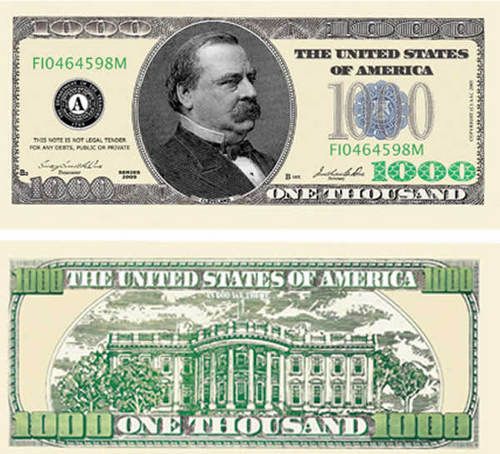
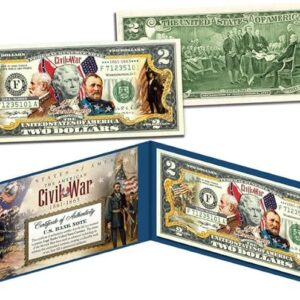
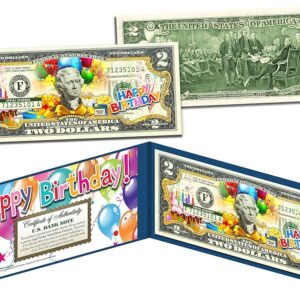

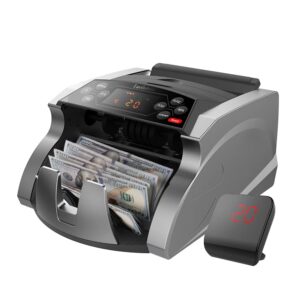


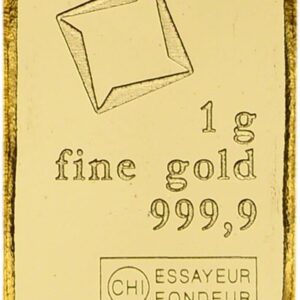

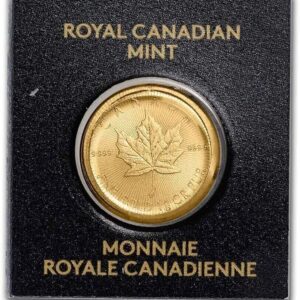
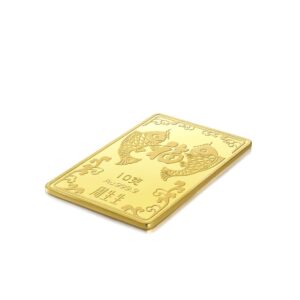
I discovered your blog site on google and check a few of your early posts. Continue to keep up the very good operate. I just additional up your RSS feed to my MSN News Reader. Seeking forward to reading more from you later on!…
I don’t think the title of your article matches the content lol. Just kidding, mainly because I had some doubts after reading the article.
Can you be more specific about the content of your article? After reading it, I still have some doubts. Hope you can help me.
As a fellow blogger, I can appreciate the time and effort that goes into creating well-crafted posts You are doing an amazing job
Your blog has become my go-to source for positive and uplifting content Thank you for consistently delivering high-quality posts
This blog is like a virtual mentor, guiding me towards personal and professional growth Thank you for being a source of inspiration
This is one of my go-to blogs for inspiration Whether it’s fashion, travel, or self-improvement, you cover it all flawlessly
I don’t think the title of your article matches the content lol. Just kidding, mainly because I had some doubts after reading the article.
I don’t think the title of your article matches the content lol. Just kidding, mainly because I had some doubts after reading the article.
Your blog has become my go-to source for positive and uplifting content Thank you for consistently delivering high-quality posts
I don’t think the title of your article matches the content lol. Just kidding, mainly because I had some doubts after reading the article.
Your article helped me a lot, is there any more related content? Thanks! https://accounts.binance.com/sl/register?ref=PORL8W0Z
You have a way of making each of your readers feel seen and heard That’s a special quality that not all bloggers possess Thank you for creating a safe space for us
Your posts always provide me with a new perspective and encourage me to look at things differently Thank you for broadening my horizons
I was very pleased to find this web-site.I wanted to thanks for your time for this wonderful read!! I definitely enjoying every little bit of it and I have you bookmarked to check out new stuff you blog post.
Very interesting info!Perfect just what I was looking for!
Can you be more specific about the content of your article? After reading it, I still have some doubts. Hope you can help me.
Your latest blog post was truly inspiring and had some great insights. I can’t wait to see what else you have in store.
I appreciate your creativity and the effort you put into every post. Keep up the great work!
Hey, I think your website might be having browser compatibility issues. When I look at your blog in Firefox, it looks fine but when opening in Internet Explorer, it has some overlapping. I just wanted to give you a quick heads up! Other then that, fantastic blog!
I really like your writing style, fantastic information, appreciate it for putting up :D. “The superfluous is very necessary.” by Francois Marie Arouet Voltaire.
I respect your work, thankyou for all the great blog posts.
Thank you for your sharing. I am worried that I lack creative ideas. It is your article that makes me full of hope. Thank you. But, I have a question, can you help me?
Wow that was unusual. I jusdt wrote ann increibly long commment buut
afer I clicjed ubmit mmy comment didn’t shiw up.
Grrrr… well I’m noot writing alll thuat ovber again. Anyways, just wanted to ssay excellent blog!
I like this website so much, bookmarked. “Nostalgia isn’t what it used to be.” by Peter De Vries.
Your point of view caught my eye and was very interesting. Thanks. I have a question for you.
Your point of view caught my eye and was very interesting. Thanks. I have a question for you.
Love this blog! The content is always so relevant and insightful, keep up the great work!
I don’t think the title of your article matches the content lol. Just kidding, mainly because I had some doubts after reading the article.